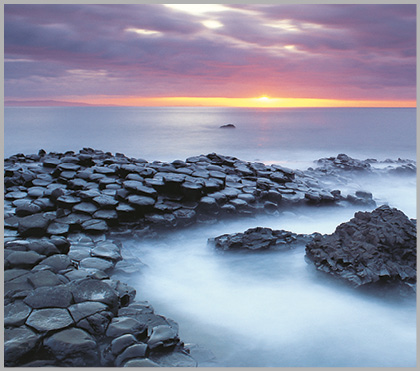Tourism growth continues in 2017


Pound sterling depreciation has meant the trend of growth of external markets and a shrinkage of the domestic market has continued into 2017.
The 2016 tourism sector performance analysis was positive, relaying a 1 per cent growth from the previous year. However, it also revealed a changing trend in the levels of domestic and external visitors. Where previously Northern Ireland was heavily dependent on its domestic market, a number of factors, mainly the depreciation of sterling, were pointed to as the reason behind the 11 per cent fall. This decrease was balanced by a 12 per cent increase in external overnight trips.
The uncertainty of Brexit has loomed over extensive plans to grow Northern Ireland’s tourism sector and improve the local economy, meaning that many have been cautious when predicting tourism growth potential. While it is acknowledged that the full impact of Brexit has not yet been felt, first quarter results for 2017 have remained not only positive, but are at an unprecedented level for what is usually Northern Ireland’s quietest period for visitors.
Undoubtedly, the value of sterling has played a major part in Northern Ireland’s tourism performance. While the domestic market is in decline, more visitors are travelling to Northern Ireland, staying longer and spending more. The over one million overnight trips recorded between January to March 2017 is a record high, as was visitor spend for the period, up 7 per cent (£12 million) from the same period in 2016.
The increase in trips was fairly equal across all four key markets for Northern Ireland (Republic of Ireland, domestic, Great Britain and other overseas markets). However, the growth in spend can be attributed to those that benefited from a weak pound.
Great Britain and overseas
Even though visitors from Great Britain would not have benefited from the exchange rate, the number of trips was still up 5 per cent. However, its impact is noticeable when compared to a 17 per cent growth from other overseas markets. Great Britain spend declined slightly but was offset by a 23 per cent growth in overseas spend. The overall growth of both markets was driven by increases in holiday (23 per cent) and business (29 per cent) trips.
Republic of Ireland
Strong performance from the Republic of Ireland market continued during January to March 2017, with a 13 per cent growth in overnight trips. Holiday trips increased by 36 per cent, while there was also a rise in business trips and overall spend.
Domestic
It was in the domestic market where the value decrease of sterling had a negative impact. The volume of domestic trips fell by 4 per cent, while the spend fell by 6 per cent. An increase of over 320,000 domestic holiday trips was not enough to offset a fall in both those visiting family and friends and business trips.
Occupancy
The average room occupancy rate of 62 per cent was the highest on record for the period between January and March. All accommodation saw an overall 14 per cent increase in rooms sold compared to the same period last year. Accommodations have reported that a positive performance is set to continue into Q1. Visitor attractions are also reporting potential increases when compared to January to June 2016 and overall industry feedback suggests “a positive first half for 2017, with an optimistic outlook for the remainder of the year”.





